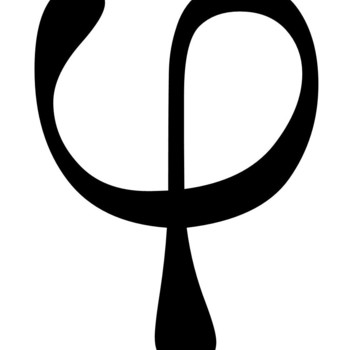We have #d/dxarcsin^2x#
According to the chain rule, #(df)/dx=(df)/(du)*(du)/dx#, where #u# is a function within #f#.
Here, #f=u^2# where #u=arcsinx#
So we have #d/(du)u^2*d/dxarcsinx#
#2u*d/dxarcsin x#
To find the derivative of #arcsinx#, take #arcsinx=sin^-1x#. We have:
#y=sin^-1x#, and so:
#siny=x#
Taking the derivative of both sides, we have:
#(cosy)*y'=1#
#y'=1/cosy#
We need to write #cosy# in terms of #siny#, in order to change the variable to #x#.
Remember that #sin^2y+cos^2y=1#. So:
#cos^2y=1-sin^2y#
#cosy=sqrt(1-sin^2y)#
We can take the positive square root, as #sin^-1x# is normally given on the interval #-pi/2,pi/2# and as the cosine function is positive in that interval.
Inputting that into our earlier function:
#y'=1/sqrt(1-sin^2y)#
#y'=1/sqrt(1-x^2)#
So as #d/dxarcsinx=1/sqrt(1-x^2)#, we can write the derivative of #arcsin^2x# as:
#2u*1/sqrt(1-x^2)#
But remember that #u=arcsinx#, so we have:
#(2arcsinx)/sqrt(1-x^2)#
Done.

